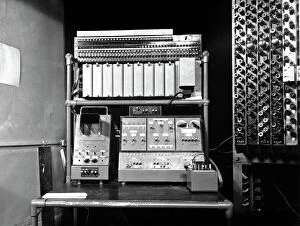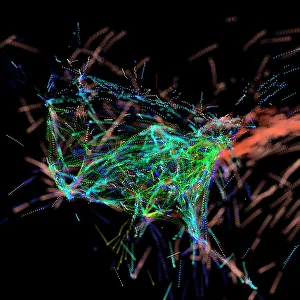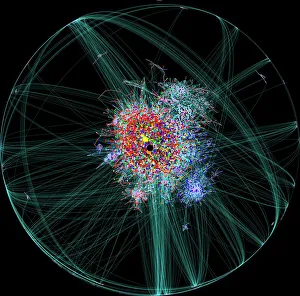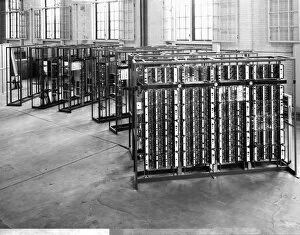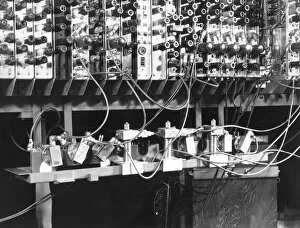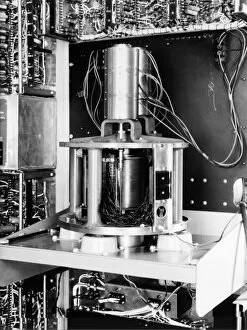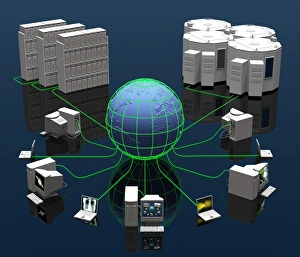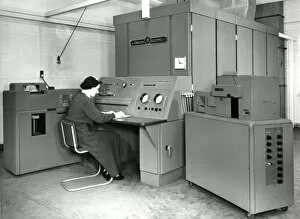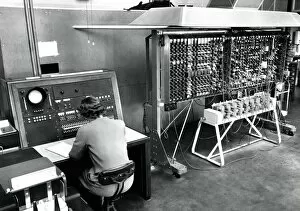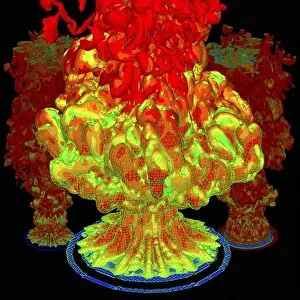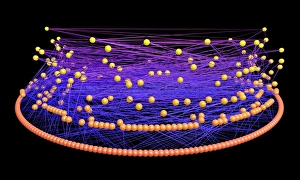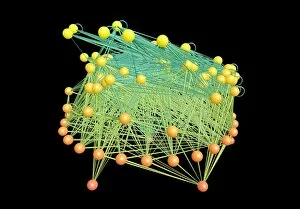Computational Collection
"Computational Revolution: Unveiling the Power of Technology" In 1950, the world witnessed a groundbreaking invention - the Pilot ACE computer
All Professionally Made to Order for Quick Shipping
"Computational Revolution: Unveiling the Power of Technology" In 1950, the world witnessed a groundbreaking invention - the Pilot ACE computer. This marvel of engineering paved the way for computational advancements that would shape our future. With its intricate components from the 1950s, such as C013 / 7166, C013 / 7164, C013 / 7163, and C013 / 7165, the Pilot ACE computer showcased unparalleled processing capabilities. It marked a turning point in history as it brought computation to new heights. One remarkable application was air traffic visualization. By harnessing computational power, experts were able to create accurate models depicting aircraft movements in real-time. This innovation revolutionized aviation safety and efficiency. But computational prowess didn't stop there. The internet blog map emerged as another testament to this technological leap forward. Visualizing interconnected blogs on a digital landscape allowed users to navigate through vast amounts of information effortlessly. Moreover, website source code visualization became an essential tool for developers. Understanding complex coding structures became easier with visual representations that unveiled hidden patterns and potential improvements within websites. The impact of these computational breakthroughs cannot be overstated; they transformed industries and propelled us into an era defined by connectivity and data-driven decision-making. As we reflect on these milestones in computing history, let's celebrate how far we've come while acknowledging that there is still so much more to explore in this ever-evolving field. The possibilities are endless when human ingenuity meets computational power.

